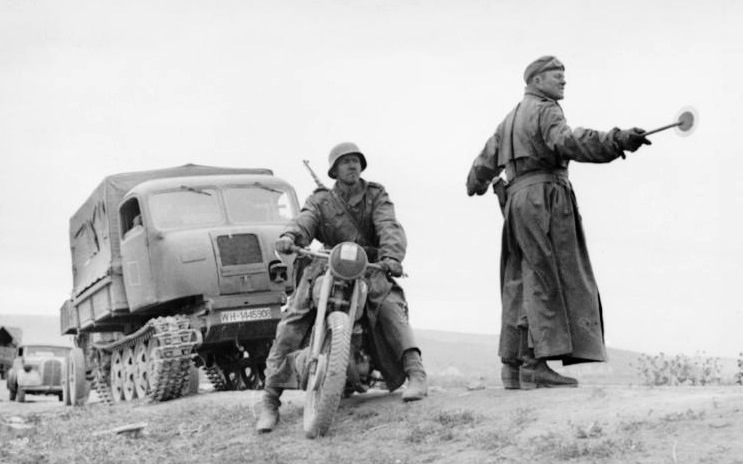The 1943 Battle of Kursk, the most renowned tank battle in history, was a colossal conflict that began on July 5, 1943, during World War II and raged on for over a month. This epic battle unfolded on the Eastern Front, pitching the Germans against the Russians. The sheer scale of the battle is staggering, involving an estimated 6,000 tanks, 2,000,000 troops, and 4,000 aircraft.
As part of Operation Barbarossa, the Germans sought to capture Moscow, Russia’s capital. However, the German army over-relied on its new and untested military technologies, such as the Tiger Tanks, thus underestimating the Soviet defenses.
Simultaneously, the Soviets meticulously prepared a robust defense at Kursk, armed with intelligence from captured German soldiers and Tunny intercepts from British intelligence. Their preparations, including tank traps, anti-tank mines, and barbed wire snares, were a testament to their strategic planning. Germany’s defeat at Kursk marked the decisive end of their offensive capability on the Eastern Front, setting the stage for the monumental Soviet offensives of 1944–45.
At the end of the battle in Kursk, the German forces had suffered 200,000 casualties and lost 500 tanks, while the Soviets lost approximately 1500 tanks and casualties amounting to 860,000. Plausibly, the Germans outgunned the Soviets, winning the tactical battle. However, the German army could not break through the Red Army’s fortifications, so they retreated, making the fight a Russian victory.

